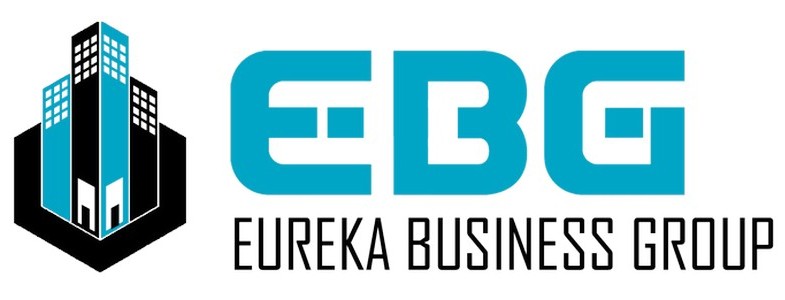Fixed Vs. Floating Rate Loans
Author: Joseph Gozlan, Eureka Business Group | Published: 04/17/2023
Commercial real estate is a dynamic and ever-changing industry that requires constant attention to emerging trends and market shifts. One such trend in recent years is the short-cycle property purchase phenomenon that has become prevalent in the multifamily sector. This trend has created a challenging environment for owners of these properties, and it is important for industry professionals to stay informed about the potential risks and challenges associated with short-cycle purchases.
Historically, multifamily properties were purchased with agency debt from Fannie Mae, Freddie Mac, or Ginnie Mae. These long-term loans carried heavy exit penalties using deficiencies or yield maintenance, which meant that a sale within one or two years would result in a massive penalty, rendering the deal unprofitable. As a result, owners of multifamily properties would rather hold onto the property for the duration of the loan term than sell at no profit.
However, in the last few years, the short-cycle purchase phenomenon has emerged, especially in the multifamily sector. These properties were bought and sold on very short cycles, as short as six months in some cases. This trend created an unnatural and uncharacteristic behavior in commercial real estate driving owners to seek alternative financing options. Bridge loans became increasingly popular as they allowed owners to purchase properties with the intention of reselling within a year or two and also allowed buyer to acquire poorly managed properties that didn’t meet the agency debt requirements (usually 90% occupied for the last 90 days).
According to a recent report by CBRE, bridge loans accounted for approximately 18% of all multifamily financing in the first quarter of 2022. This is a significant increase from the previous year, where bridge loans accounted for only 12% of all multifamily financing. That is a 50% increase!
While bridge loans offered a way to finance these short-cycle purchases, they also created a risky environment where owners were essentially playing a game of musical chairs, hoping to sell the property before the music stopped. Unfortunately, the music did stop with the recent rate hikes and the banking crisis, leaving many multifamily owners with bridge loans that are now due.
According to a recent report by Trepp, there are approximately $17 billion in multifamily loans that are set to mature in 2022. This represents a significant increase from previous years and creates a potential risk for owners who may struggle to refinance their debt.
Owners of multifamily properties with bridge loans that are due this year are facing real challenges in finding replacement debt.
There are three main scenarios that these owners face:
Do a “call for cash” from the investors to bring cash to the table to satisfy the bank’s DSCR requirement.
Seek preferred equity or mezzanine debt to stack over a low LTV loan.
Default on the loan and/or try to negotiate a loan modification.
Sell and hope they can save some of their investors’ equity.
None of these options are ideal, and we are likely to see some distressed properties go on sale before the end of the year.
According to a recent report by Real Capital Analytics, the distress rate in the multifamily sector has increased from 0.3% in the first quarter of 2021 to 0.9% in the first quarter of 2022. While this is still a relatively low rate of distress, it represents a significant increase (300%) and underscores the potential risks associated with short-cycle purchases and bridge loans.
In conclusion, the recent trend of short-cycle property purchase & sale in the multifamily sector has created an environment that is challenging for owners of these properties. While bridge loans offered a way to finance these purchases, the current market conditions have left many owners in a precarious situation. As professionals in the commercial real estate industry, it is important for us to stay informed about market trends and developments to ensure that we stay alert and help our client prepare for any challenges that may arise.



Joseph Gozlan,
Commercial Real Estate Advisor
- Email: Joseph@EBGTexas.com
- Office: (903) 600-0616
- Mobile: (469) 443-6336

